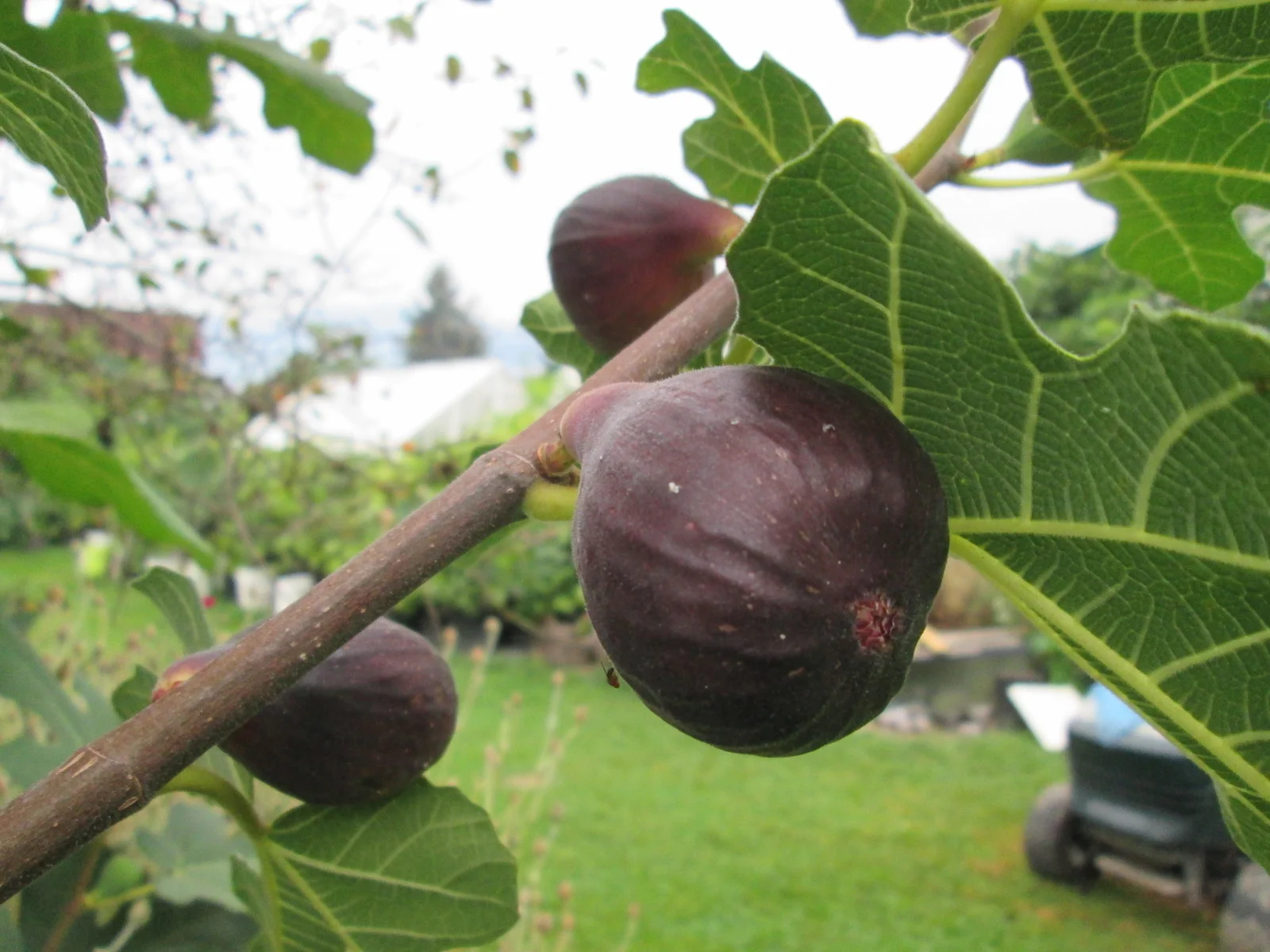Introduction to Byadi – A Unique Middle Eastern Fig Variety
Byadi (also spelled Bhyadi or Lebanese Byadi) is a honey‑sweet, light-skinned fig variety originating from the Middle East—especially Lebanon and Syria. Celebrated for its delicate, amber-flesh fruit and mild, floral sweetness, Byadi has gained popularity among growers and fig lovers worldwide
Planted for centuries, the Byadi variety thrives in warm Mediterranean climates but is also accessible to temperate growers via cuttings or container planting. Despite its beauty and flavor, it remains relatively rare in commercial production.
Origins, Nomenclature & Cultivation Background
Byadi is believed to hail from villages like Mishtayeh in Syria or coastal Lebanon locales, where local farmers cultivated it both for home use and mild trade According to fig collectors and Tree of Joy listings, Byadi—and its synonym “Falahi”—is part of the White Marseilles fig family, imparting its light-colored skin and honey-like flavor profile
This variety is classified as Common fig (self-fertile), typically producing a single main crop per season (mid-season harvest). In favorable settings, it may yield a breba crop in early summer, though breba yields are often low or negligible
Fruit Characteristics & Flavor Profile
Appearance & Texture
- Color: Light green to pale yellow skin; amber or occasionally pink-red flesh depending on ripeness and growing conditions
- Size: Typically small to medium, weighing around 27–30 g per fruit
- Skin & Flesh Texture: Soft and tender skin; smooth, non-crunchy flesh without hard seeds
Flavor Profile
Byadi delivers a honey-sweet, mildly floral taste. Its flavor evolves from subtle sweetness to richer, jam-like depth when fully ripened—earning it classification in the Honey flavor group
Culinary Uses
- Libre fresh eating, especially at peak ripeness.
- Ideal for light jams or preserves due to its smooth texture and mellow sweetness.
- Often dried or used in desserts and Middle Eastern sweets, though it’s chiefly appreciated fresh.
Cultivation & Growth Traits
Tree Vigor and Form
- Growth Pattern: Upright, vigorous growth habit with long, deeply lobed leaves (5-lobed leaves typical)
- Cold Tolerance: Moderately hardy, tolerating cool climates but performing best under Mediterranean or warm temperate conditions
Production & Harvest
- Crop Timing: Main crop ripens mid-season; breba crop is rare or absent.
- Yield: Reliable moderate yield in optimal climates; less productive in harsher zones
Disease Resistance & Rain Sensitivity
- Skin Durability: Soft and delicate, moderately prone to splitting in heavy rains.
- Disease Tolerance: Average resistance; requires good airflow and well-draining soil to minimize mold or fruit rot
Fig Grower Insights & Availability
Rhône to Roots—Where Byadi Grows
Byadi isn’t widely commercialized but is available through specialty nurseries and fig cutting sellers—especially in the US, Europe, and the Middle East via mail order or cuttings Sellers like Trees of Joy, Figbid, and Figs4Fun occasionally list cuttings or small rooted plants
Grower Notes & Tips
- Rooting Cuttings: Figbid reports success with Byadi cuttings that rooted well and produced fruit by year three in USDA Zone 9b
- Container vs. Field Planting: Even when grown in pots, Byadi can be productive when given support and seasonal protection. Yields can be canceled under harsh winters
Popularity & Scarcity
Although difficult to source reliably, that’s partly due to its rare heritage status. Enthusiasts praise its flavor and adaptability, but it remains a niche variety outside dedicated fig-collecting networks
Comparison & Position in the Fig Market
Comparison with Other Mediterranean Figs
Compared to more common varieties like Black Mission or Kadota, Byadi stands out in sweetness and delicate flavor—though fruit size is smaller. Flavor intensity is subtler but more floral and honey-like.
Slow Food Recognition
A related variety named Bhyadi is included in the Slow Food Foundation’s Ark of Taste, highlighting its cultural and gastronomic heritage in the Mediterranean tradition. The inclusion underscores its uniqueness and the value of preserving such regional fruit varieties.
Market Niche
Byadi appeals primarily to small-scale growers, fig collectors, and specialty food producers rather than large-scale commercial farms. Its rarity boosts desirability among enthusiasts, though availability can fluctuate.
Conclusion: Byadi’s Legacy in Flavor and Cultivation
Byadi is a charming, honey-flavored fig variety known for its light green to yellow skin, amber flesh, and smooth, delicate sweetness. Rooted in the Mediterranean, particularly Lebanon and Syria, it remains rare yet highly praised by fig aficionados.
Its cultivation profile—from moderate cold hardiness to container adaptability—makes it welcoming to both hobbyists and small growers. Though not widely commercial, Byadi’s inclusion in Slow Food’s Ark of Taste highlights its unique cultural and gastronomic significance.
For gardeners or fruit lovers looking to explore less common edible figs, Byadi offers a flavorful journey into tradition and terroir. Want help finding nurseries, planting guidance, or culinary pairings? Just say the word!
